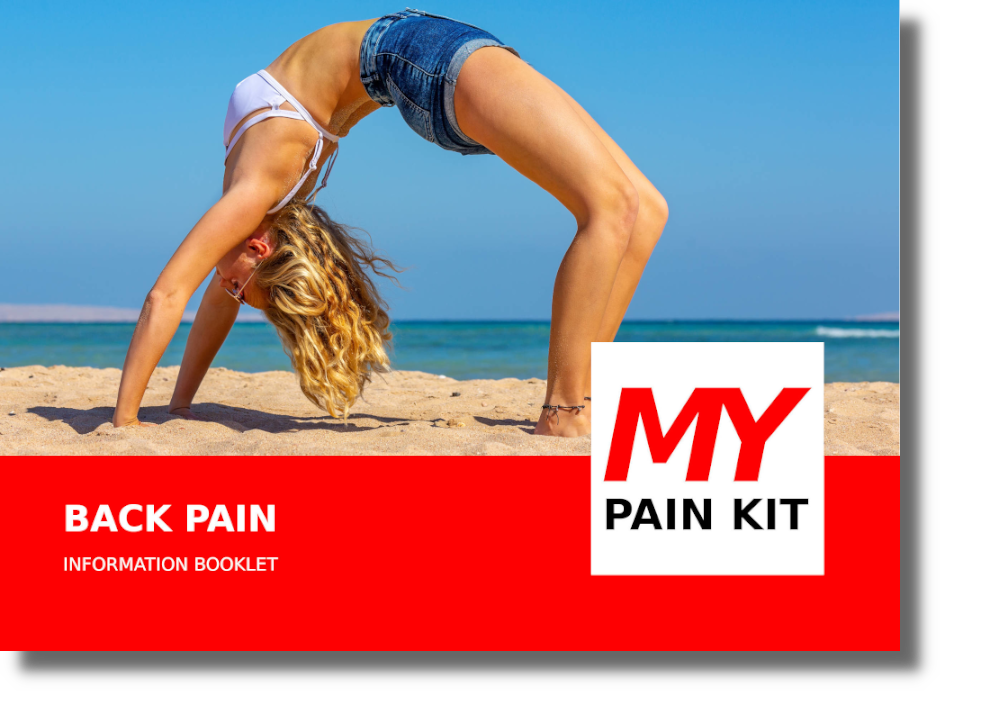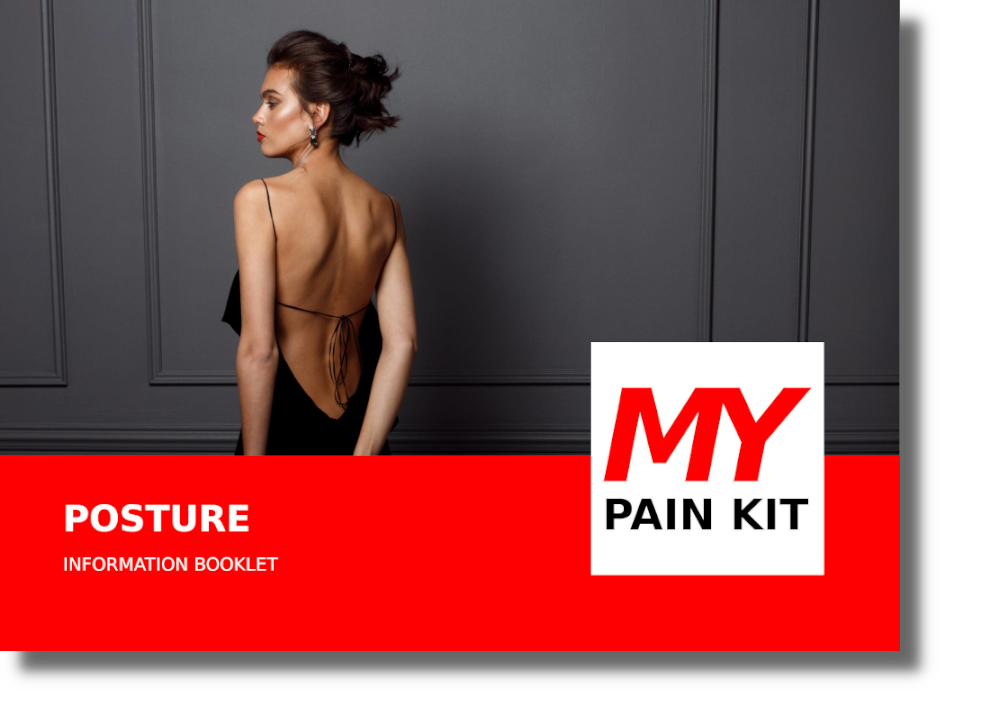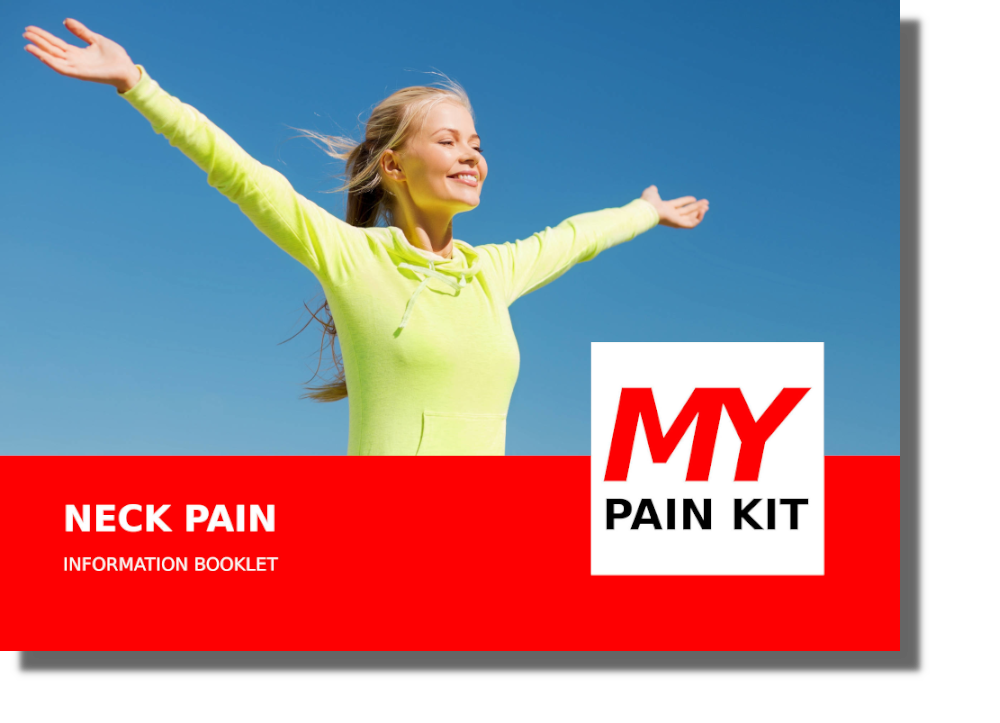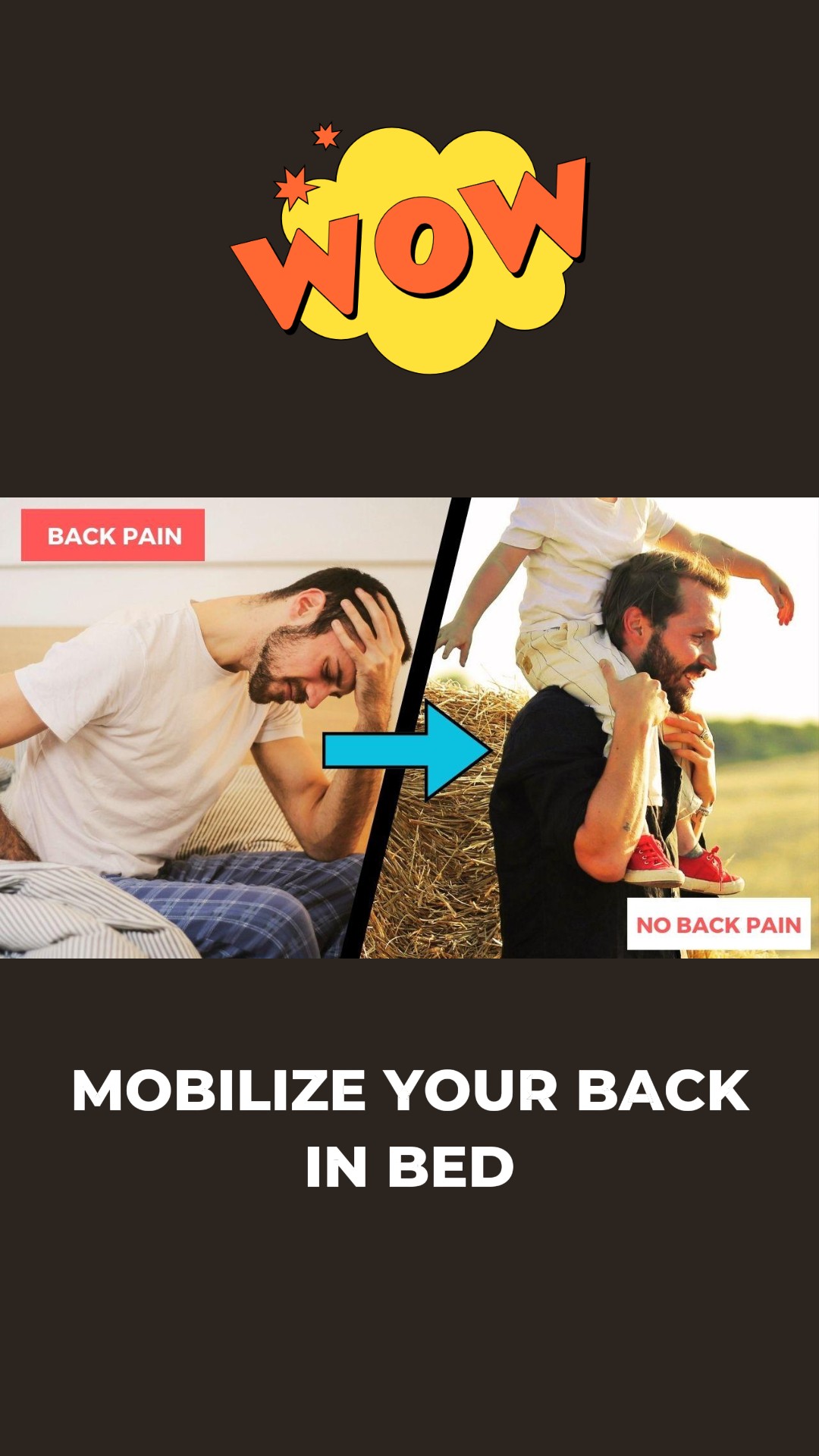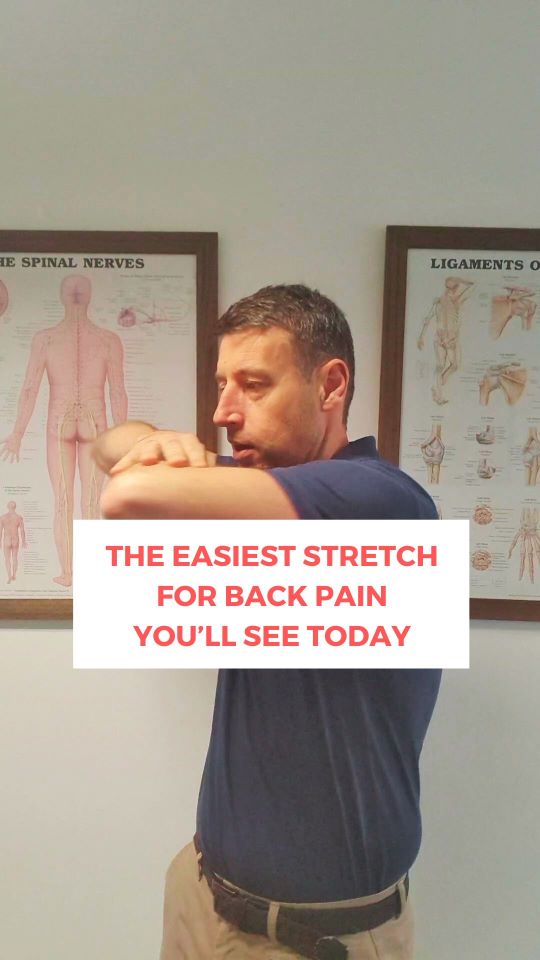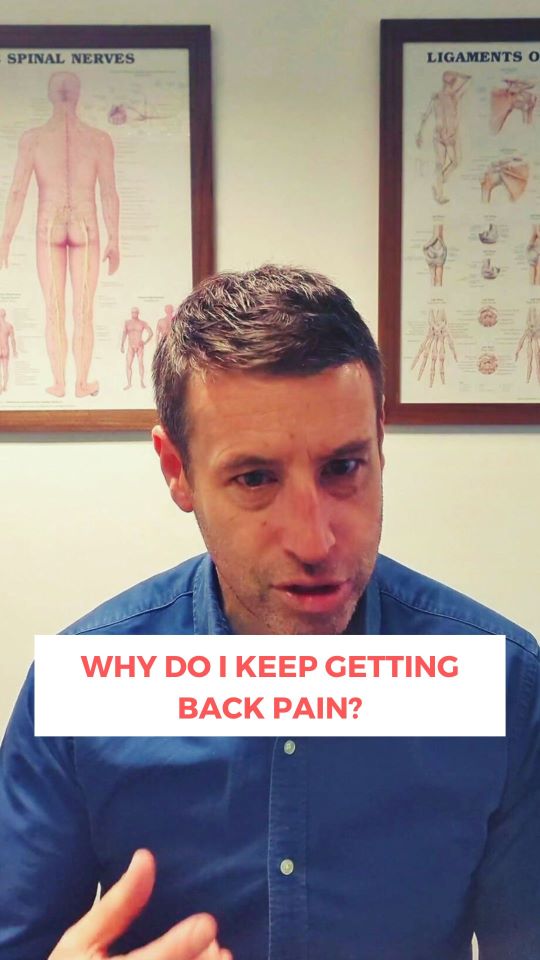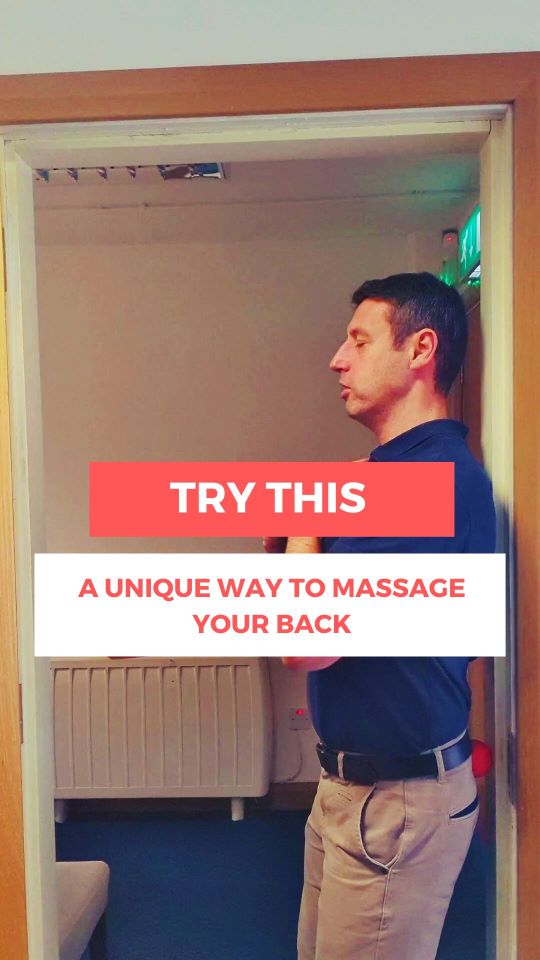What Is Low Back Pain?
Eighty per cent (80%) of people will experience this at some stage of their life. This kind of pain is a symptom caused by numerous biological / psychological / social conditions.
It is one of the most common reasons for people missing work and seeing a doctor, chiropractor or physiotherapist. Low back pain is now considered a major health burden globally.
Fortunately, most treatment for your painful musculoskeletal condition succeeds. We have seen that it is generally something you can avoid with the added knowledge of some education, care strategies and back exercises.
Anatomy Of Back Pain
Your lower backbone is made up of 5 thick vertebrae, separated by discs, that sit on top of each other. The discs are a kind of shock-absorber, which allow your vertebrae to fit better together, and also to absorb some shocks and distribute the load more evenly.
Slipped Disc
Ever hear of someone saying “I have a slipped disc“? Well they are exactly referring to this cushioning tissue that sits between your bones – when it grows smaller over time, and eventually can slip out (this can be immensely painful!)
Around your lower spine, there are many muscles and ligaments that are inter-connected – to allow movement and to support the structure itself. If you have pain in this area you usually have an issue with the discs, the ligaments or the muscles (it’s rarely the vertebrae themselves).
Symptoms Of Acute v Chronic Pain
Back pain involves a very wide variety of symptoms. It can be mild or it can be severely debilitating. Let’s break it down:
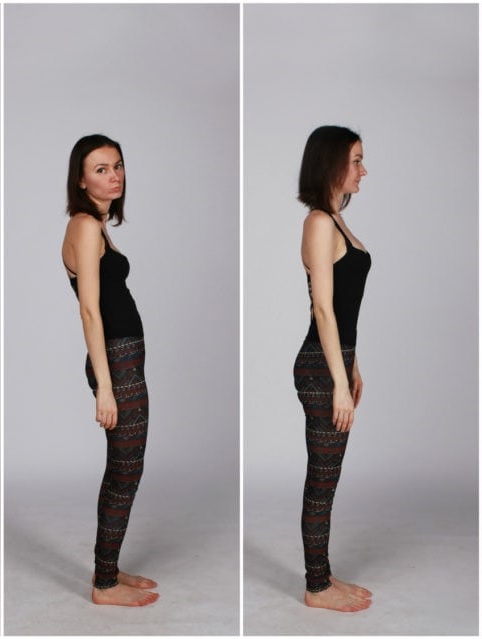
Acute Back Pain
The pain onset can happen suddenly and is most often caused by an injury to the joints, muscles or ligaments supporting the back. The pain may be caused by muscle spasms or a strain or tear in the muscles and ligaments.
It can be caused by:
- A muscle-strain is basically a muscle that has torn
- A sprain is similar, but it affects ligaments (which connect your bones together)
- Lumbar facet joint sprain
- Saco-iliac joint sprain
For treatment, we don’t need to differentiate whether the muscle or ligament is damaged. The painful symptoms and the treatment are the same.
You can easily cause a Strain or Sprain by the following means:
- Poor posture weakening the back over time, that finally gives way
- Sports injuries of all kinds
- Twisting the spine while lifting something heavy
- A sudden impact or movement on the spine, which physically causes damage and acute mis-alignment
Acute strains and sprains are the gateway to longer term issues, if they aren’t treated and solved correctly.
Chronic Back Pain
What starts as an acute injury can become chronic – if it lasts several months. This often occurs if acute pain episodes aren’t managed and treated correctly. Another source would be a chronic bad posture or alignment that has weakened your body enough, so that it has eventually settled in a chronically painful state. Chronic pain in this area can be broken into:
- disc problems
- joint problems
- nerve root irritation
which can be caused by:
- Age / Degenerative disc disease/ Osteoarthritis
- Facet joint issues
- Lumbar herniated disc (or slipped-disc). A shrunken disk can slip out of it’s place between the vertebrae, causing excruciating pain!
- Sacroiliac joint issues
- Stenosis (spinal)
- Spondylolisthesis
- Trauma
- Chronic injury
- Fitness levels
Risk Factors For All Back Pain
Your Job
There are two types of job, in Back Pain terms:
- Sedentary Jobs
- We would classify a job like a Driver or a Desk Job – basically if you are seated for most of your working day, getting little or no exercise.
- Physical Jobs
- Physical jobs give a lot of exercise, but are prone to developing strains and sprains – and repetitive strain injuries. If you’re a carpenter or a nurse, doing the same physical work every day can be hard on your back!
Your Age
Sadly as you age, you are more prone to Back Pain – it’s just how it goes.
Those injuries and stiffness that you once brushed off in your youth, can come back to haunt you. Gradually you find it more difficult to complete a full range of movement, and as you then avoid exercise – the situation can get worse.
Your Weight
When we talk about “Load Bearing Exercise” – this means your own body (and skeleton) supporting the weight of your body. If you’re many Kg overweight, just think of the extra strain this places on all your joints!
Your Diet
There is some new research showing that an unhealthy diet contributes to back-pain. (please watch this video, it is VERY important) For example, if you’re consuming a diet that is low in fibre, and high in saturated-fat and cholesterol, you are more likely to develop clogged blood-vessels which are necessary to feed your vertebrae and discs with nutrient-rich blood. Keep your diet simple, and keep it healthy!
Your Mindset
How are you feeling? Did you ever notice that the more stressed you get, the worse your back-pain can get? Estimates as high as 40% of back-pain could be related to our own mental health – take good care of yourselves!
Frequently Asked Questions
There are multiple causes of back-pain. Anything from an injury, to bad posture, to osteoarthritis. It’s important that you obtain a full diagnosis from a qualified medical professional before embarking on any kind of treatment.
We advocate seeing a trained medical professional to diagnose correctly and then help your back pain. If your therapist agrees, you can work on your own back pain with tailored exercises. We provide tools to assist with:
- Heat Therapy
- Massage
- Movement
- Stretching
- Strengthening
- Cold Therapy
- Bracing
Typically, if your back pain is severe, or has lasted more than a couple of days, you will need to consult a fully trained and qualified medical professional. Better safe than sorry.
Heat certainly can help many types of back pain, although if you have recently been injured and there is swelling – you may want to use Cold Therapy first. Heat therapy can help with blood flow, relaxing and soothing the area in order to prepare the body to heal. Always consult a trained professional.


